Urbanisation And LGSF: Meeting The Needs Of Growing Cities
By 2050, over two-thirds of the world's population will live in urban areas. This rapid pace of urbanization poses a major challenge for cities to accommodate the growing demand for housing as well as commercial infrastructure. In India alone, approximately 35% of the total population resides in urban areas and this number is expected to rise significantly in the coming years.
However, with limited land availability and increasing environmental concerns, traditional construction methods are unsustainable. This is where Light Gauge Steel Frame (LGSF) construction companies in India play a crucial role in meeting the building needs of growing cities. In this blog, we will explore the various ways in which these companies are helping to address the current urban housing crisis in India.
Understanding LSGF Construction
Light Gauge Steel Framing is a modern construction technique that uses cold-formed steel sections to create structural frames for buildings. This method offers several advantages over traditional construction methods which prove to be beneficial for the urban environment development, such as:
1. Speed Of Construction
Light Gauge Steel Frames are prefabricated off-site, allowing for rapid assembly on-site. This not only accelerates the construction process but also minimises disruptions to the urban environment, addressing the urgency of infrastructure demands in rapidly expanding cities. Prefab or LGSF construction with Tata Steel Nest-In is two times faster than traditional RCC construction.
2. High Quality Of Construction Components
Through traditional construction methods, construction components like bricks are created manually by human labour, which increases the margin of error in measurements and precision. LGSF components are manufactured in a factory-controlled environment, leading to prefab frames that are sturdy and precise with minimal to no human error in their creation, and higher in quality.
3. Less Labor And Material Needed
The efficiency of manufacturing steel components off-site reduces labor costs for on-site construction and material wastage. Comparitively, for RCC construction, materials and components are created on-site, thus requiring a large labour force. Additionally, steel's durability requires low maintenance over the lifespan of the structure, making it an economically and environmentally viable choice for urban housing and commercial infrastructure projects.
4. Sustainable Constructions
LGSF construction is inherently eco-friendly, as steel is a recyclable material. Its adaptability also supports green building practices, such as incorporating energy-efficient technologies and materials, contributing to the overall sustainability of urban development. In comparison, components used in RCC construction are not recyclable and thus create more waste and have no end of product life cycle value.
5. Built For Tough Terrains
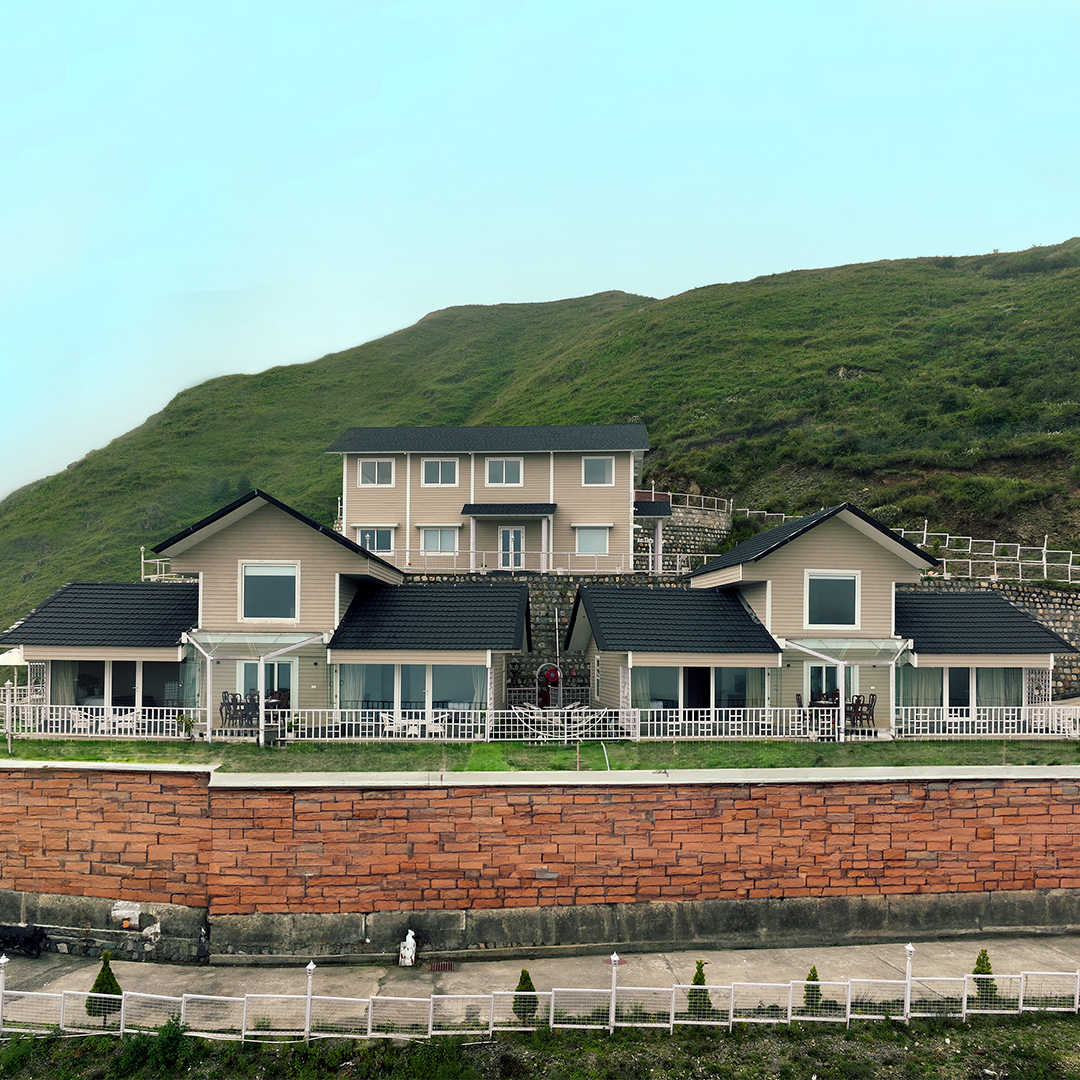
LGSF structures can be constructed hassle-free in tough terrains like hilly areas to create stable urban settlements and other infrastructure around cities. This is due to the fact that for LGSF buildings, the physical depth requirement of foundation work is less than that for traditional construction, resulting in fewer resources consumed for excavation. Additionally, the building itself is lighter in weight than concrete structures, thus putting less strain on the foundation and the surrounding land. LGSF buildings are able to withstand strong seismic forces (Zone IV and Zone V) and wind speeds up to 240 km/hour. This adaptability fosters creativity and innovation in urban planning to enhance available space and address the functional requirements of modern living.
LGSF Companies In India
LGSF construction companies in India are leading the way towards sustainable constructions by offering innovative solutions that are not only eco-friendly but also efficient in terms of time and space. These companies use state-of-the-art technology to manufacture steel frames that are lightweight yet strong, allowing for faster construction with minimal wastage.
Nest-In by Tata Steel is a prominent name in the LGSF industry, providing end-to-end construction solutions for housing such as bachelor and labor accommodation, farmhouses, cottages, and rooftop extensions, and commercial projects like hospitals and schools. With several completed projects and ongoing partnerships with various government bodies and private developers, Nest-In is committed to revolutionizing the construction sector in India.

Nest-In’s wide range of LGSF construction solutions is enabling India to march towards a smarter future with rapid and robust offerings from HabiNest and Nestudio. To learn more about Nest-In’s range of sustainable prefab solutions for the growing urban population of India, visit the website.
Contact us
Recent Post
Nest-In's Prefab Technology: The Beacon of a Sustainable Future in Construction
The Growth of Prefab Medical Infrastructure with Nest-In’s Prefab Solutions
Build What You Envision with Prefab Construction
Revolutionising India’s Infrastructure with Prefab Construction
Delivering a Fully Customised Modular Boardroom for a Top Jamshedpur Manufacturer
Category
- Nest-In 33
- HabiNest 52
- MobiNest 134
- Nestudio 27
- EzyNest 19
- Smart EzyNest 5
- ChargeNest 6
- Covid Offerings 4
- Brand 10






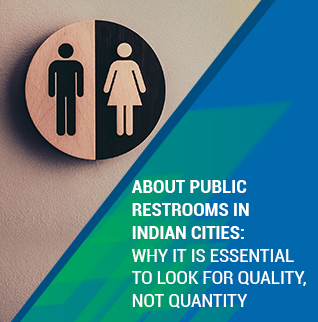


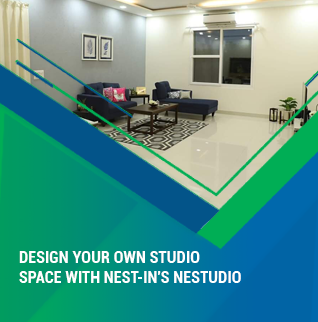






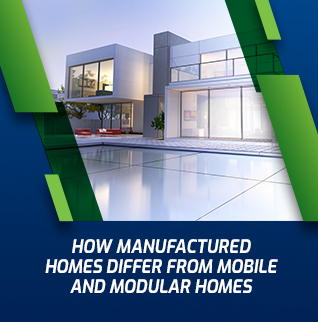



























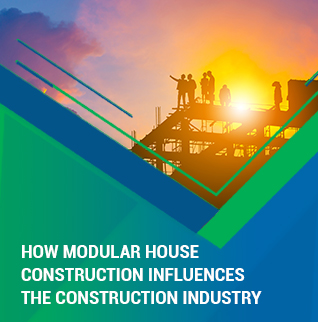


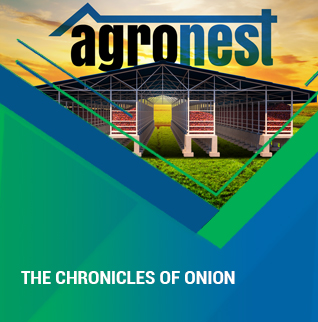




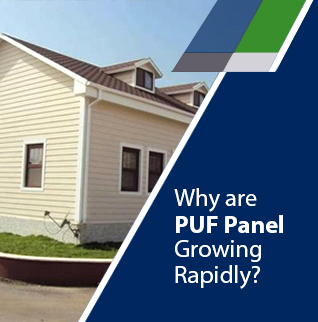


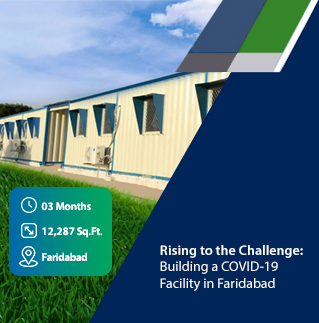













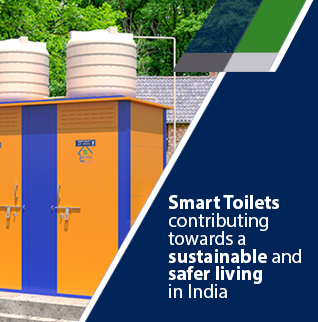




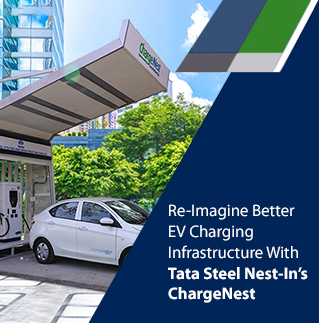

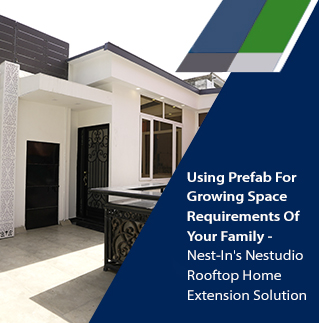



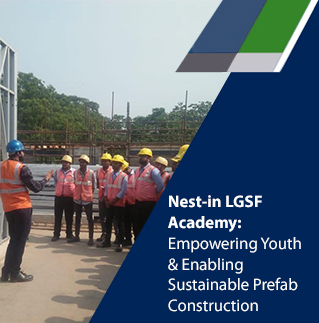

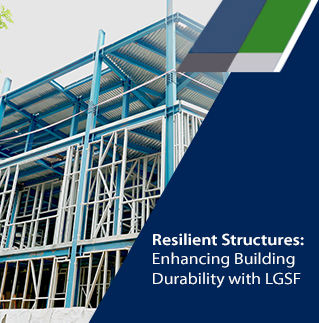



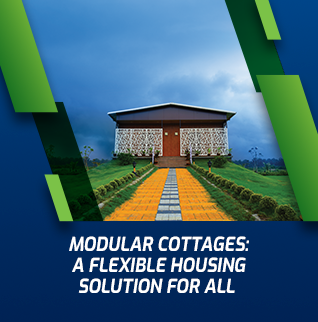












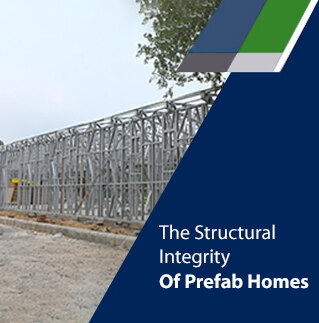












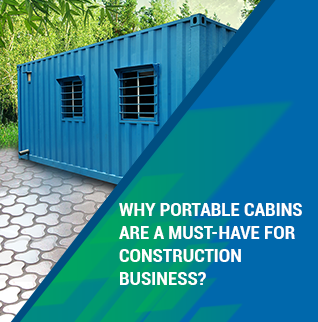


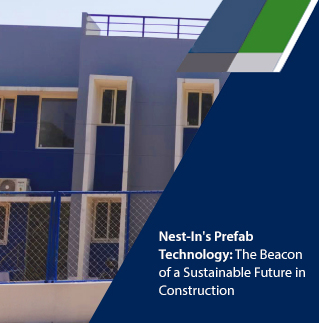

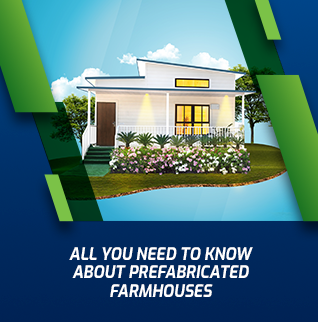













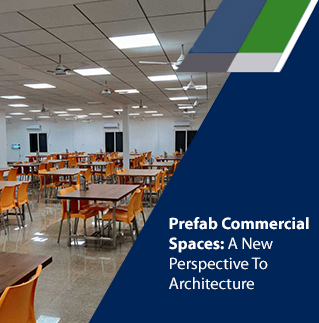

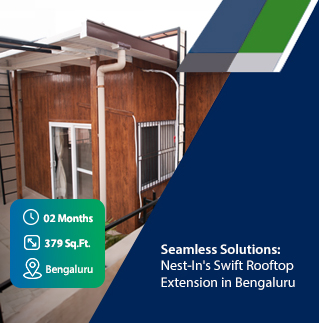


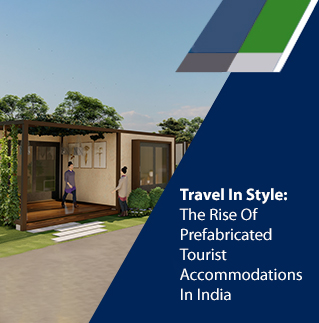

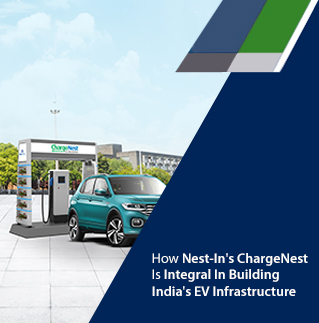
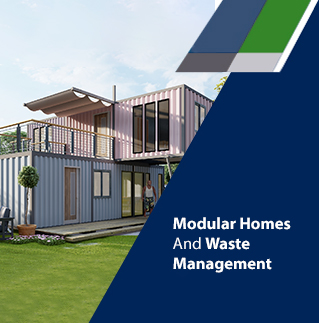












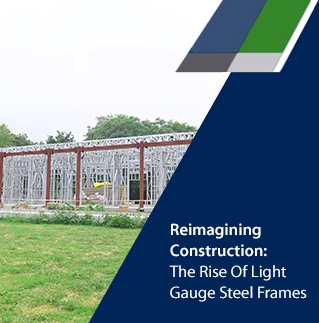












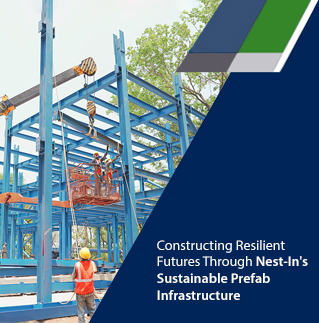










Add comment